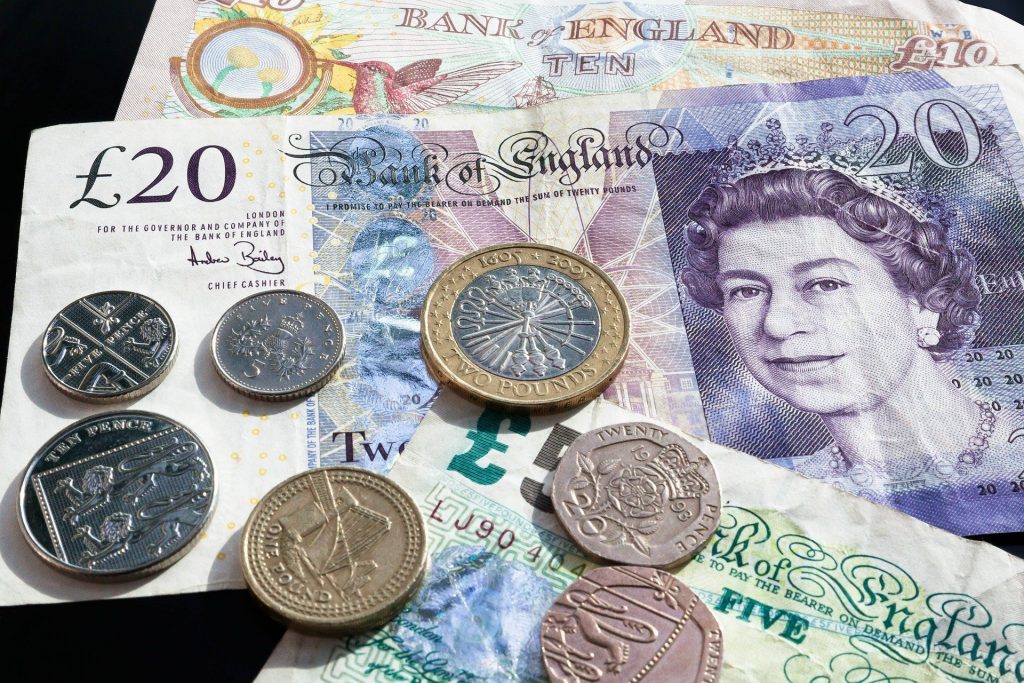£19bn in old UK banknotes and coins not cashed in
ALMOST £19bn in old banknotes are still being used, six months before paper £20 and £50 notes stop being legal tender.
Paper £10 and £5 banknotes have already been withdrawn, while paper £20 and £50 notes cannot be used after 30 September 2022.
They have been replaced with new plastic notes with a series of security features.
However, the Bank of England said it will continue to swap old notes for their face value. There are also £105m of old one pound coins in circulation, according to the Royal Mint.
Details of the cash still in circulation or hiding in homes was revealed in a Freedom of Information requests by BBC Wales.
The Bank of England said 775 million paper banknotes remain in circulation; 113 million paper £5 notes remain in circulation, 73 million paper £10 notes remain in circulation, 360 million paper £20 notes remain in circulation and 209 million paper £50 notes remain in circulation.
The paper £5 notes were withdrawn in May 2017, and the paper £10 notes in March 2018, since when they have not been a legally accepted means of payment.
In addition to the paper cash, the Royal Mint said about 105 million old-style £1 coins have not been returned.
Out of the 1.6 billion that have been returned, about 1.45 million were counterfeits.
The polymer £50 note featuring the portrait of Alan Turing entered circulation on 23 June 2021, meaning the Bank’s entire collection of currently-printed banknotes is made of plastic.
If you have a UK bank account, the Bank of England said the simplest and quickest way to exchange paper £20 and £50 notes “will normally be to deposit them with your bank”.









